In recent days, discussions about idle electronic items have surprisingly trended on Weibo. It wasn’t about new product releases or celebrity appearances; yet, this seemingly ordinary digital-related topic managed to climb the hot search list, sparking my curiosity and prompting me to click through. (Image source: Sina Weibo)
Looking at the comments, netizens shared a variety of electronic products that they “bought but never used,” ranging from common items like iPads, Android tablets, DSLR or mirrorless cameras, to rarer ones like drones and capture cards, and even to exceptionally “bulky” items like converted RVs and camping tents. It seems that everyone’s idle items are as diverse and peculiar as can be. (Image source: Sina Weibo)
In today’s consumerist society, many people have impulsively purchased various novel digital or electronic products. As a “veteran” hardware enthusiast, Xiao Lei (ID: leitech) indeed has a collection of such digital products at home that seemed “cool at first glance,” but after the novelty wore off, they turned out to be rather useless. One senior editor at Lei Technology, a self-proclaimed “super digital enthusiast,” even rented a small warehouse near the company in Guangzhou, solely for storing idle products, mainly electronics.
Why do these idle products, which seemed so tempting at first, end up being neither here nor there once we get them? To explore this topic, Xiao Lei initiated a series of surveys among friends and colleagues, gathering a list of digital products that everyone considered to be the epitome of “idle products.” It is hoped that today’s survey results will help future buyers stay rational and reduce the likelihood of falling into pitfalls.
Hi-Fi Players: High Expectations, Harsh Reality
Idle rating: One star (the higher the rating, the greater the likelihood of being idle). In recent years, with the resurgence of portable audio, the music player market seems to have reignited its passion.
Entering 2024, in addition to traditional powerhouses like Sony and iRiver, and domestic giants like Shanling and FiiO, HiBy has launched a sub-brand called Star HiBy, targeting ordinary consumers with its focus on the Android system and high cost-performance ratio. Watermoon’s players are also on the horizon, indicating that more and more audio manufacturers are joining the fray. (Image source: Star HiBy)
Nowadays, with the democratization of such products, an increasing number of users are beginning to engage with and purchase these devices. However, many are starting to question whether products like Hi-Fi players are somewhat redundant. Firstly, many closed-system Hi-Fi players are incredibly cumbersome to use. Take the HiBy R2 II that I purchased as an example. This device runs on HiBy’s own HibyOS. Before listening to music, users need to download high-definition audio files from the internet, match album information and covers, and even import lyrics to achieve a more modern player experience. In contrast, on a smartphone, one simply searches and plays, with a significant difference in convenience.
Secondly, Hi-Fi players that actively adopt the Android system cannot guarantee audio quality. Among domestic music platforms, those with high-quality audio sources can be counted on one hand. Even with a Hi-Fi player, it is impossible to enhance MP3-quality music to Hi-Fi levels. In many cases, the experience is not much different from using a smartphone paired with TWS earbuds. (Image source: Sony)
Lastly, if I bought a lightweight phone to reduce travel burden, why would I want to carry an additional brick-like player when I go out to listen to music? I think I’ll pass on that. Of course, we cannot deny that some “golden ears” can indeed discern subtle differences in audio. The fact that Hi-Fi players are solely for music listening might make you more focused on the music itself. Perhaps that is their greatest value.
Steamdeck/Windows Handhelds: Not for the Casual Gamer
Idle rating: Two stars (the higher the rating, the greater the likelihood of being idle). Driven by the desire to “try something new,” I purchased a Steamdeck handheld last year through overseas shopping. Setting aside the fact that Valve released the Steam Deck OLED iteration shortly after my purchase, the Steamdeck did indeed provide me with a fresh and exciting experience. No digital enthusiast can resist the feeling of running PC games on a handheld device. (Image source: Steam Deck)
Under this premise, I completed games like Jazz Punk and Disco Elysium on the Steam Deck. These two games, which primarily focus on text-based performances, are perfectly suited for the Steam Deck, which has average performance but emphasizes portability. The experience of playing a little game before bed every night was quite enjoyable.
However, after one failed attempt to run Civilization: Beyond Earth on the Steam Deck, the nature of the whole thing changed abruptly. Once the novelty wore off, my demands for the product undoubtedly shifted to its practical value. In my opinion, the Steam Deck is still not mature enough. Whether it is the application compatibility issues of Steam OS or the performance problems caused by the outdated manufacturing process of the processor, it is easy for players to put down the Steam Deck and switch to their main computer for gaming. (Image source: Civilization: Beyond Earth)
In short, both the Steam Deck handheld and the increasingly popular Windows handhelds in recent years face the same issues: limited by size, they cannot achieve higher performance, and their battery life is subpar. For ordinary gaming enthusiasts, playing AAA titles on such a handheld device is not as good as simply turning on the computer. However, there are exceptions. If your passion for gaming is so intense that you must stay online all the time except for eating and sleeping, then a gaming handheld is indeed a viable option.
Kindle: Half for Covering Noodles, Half on the Second-hand Market
Idle rating: Three stars (the higher the rating, the greater the likelihood of being idle). “To be honest, ever since I got used to WeChat Reading, my Kindle has basically been gathering dust,” said my high school classmate, who now works as a history teacher at a key middle school in a city. This is indeed the case. If you were to randomly interview a digital enthusiast on the street and ask them about the digital products they have purchased but are now idle, the Amazon Kindle would undoubtedly be the most common answer.
From my personal observations and statistics among colleagues, we collectively might have purchased over a dozen e-book devices, ranging from small-screen e-books, large-screen e-books, to e-books and smartphones, covering almost all mainstream products released by domestic and international manufacturers. So, how many e-book devices do we still have today? (Image source: Kindle)
The answer is one, and the one that remains is a Wenshi Leaf 3, a domestic e-book device that even long-term Kindle users would exclaim, “Amazon is really silly.” The meme “Kindle is a noodle cover” has also gone viral along with the advertisements from Amazon’s official flagship store. (Image source: Kindle)
In my view, the high idle rate of Kindles is closely related to the rapidly evolving digital industry. On one hand, the rise of iPads and smartphones has indeed squeezed out some potential buyers who were curious about e-ink screen reading. On the other hand, domestic e-book manufacturers have been innovating, actively researching display technologies and widely applying the Android system to develop e-readers that better suit the needs of Chinese consumers, making the single-function Kindle seem particularly awkward.
Take myself as an example. Many friends who bought Kindles might have had similar thoughts: using Kindles to read books during commutes, travels, and outdoor outings, while enjoying the progress of technology and absorbing knowledge. However, after actually using it, I found that in the reading scenarios where I would use a Kindle, a smartphone could provide a similar experience, and the reading functions on smartphones are more diverse and convenient.
In the end, Xiao Lei’s Kindle just kept repeating the cycle of “suddenly remembering—lifting the protective cover—finding it dead—charging it and then putting it back on the shelf—forgetting about it.” Reading with a Kindle? No way, the phone still goes out the door.
Air Fryer: Gradually Gathering Dust with Use
Idle rating: Five stars (the higher the rating, the greater the likelihood of being idle). During last year’s 618 shopping festival, a certain air fryer was subsidized to a new low price of 99 yuan on a certain e-commerce platform. Then, without any actual need, simply because the price was cheap enough, Xiao Lei decided to buy this air fryer. (Image source: What’s Worth Buying)
When I bought it, I had good intentions. I thought that for just 99 yuan, I could buy a fryer to make burgers, fries, chicken nuggets, and so on, all by myself. By calculating the cost difference between frozen raw materials and pre-fried food from KFC, I felt like I could save a thousand or so yuan a year. But now, almost a year later, apart from frying fries twice right after I bought it, this air fryer has been sitting on my kitchen counter for a long time, showing no signs of being used. My few occasional frying needs were eventually met with a frying pan and an induction cooker.
In fact, according to a report released by the second-hand platform Xianyu two years ago, the air fryer has the highest idle rate among all types of small household appliances, and the reasons are quite simple. (Image source: Xianyu)
Firstly, the low price makes you feel no pain when you buy it, allowing you to splurge without worrying about your wallet. Secondly, its functions overlap somewhat with conventional kitchen appliances. The air fryer, in particular, essentially extracts a specific function from an oven, making it very single-purpose. Most importantly, although the air fryer claims to use air heating to roast food, giving it a fried texture, the difference from real fried food is still very significant. For ordinary people, the probability of failure when using an air fryer to make food is quite high.
After all, for those who are used to cooking regularly, such products are cost-effective wonders. However, if you don’t like cooking or are too lazy to cook, no matter how rich the functions of these small appliances are, they are unlikely to change your lifestyle. The only advice is to think twice before buying.
Users Don’t Care: Happy to Buy, Indifferent to Use
The above are some idle products that Xiao Lei and those around him unanimously recognize. In addition to these, there are quite a few other nominated products, but none are as common as the ones mentioned above. (Image source: GoPro)
Upon careful observation, many of the reasons these products initially attracted people were based on the ideal scenarios brought about by new technologies. However, the reasons they eventually ended up gathering dust are generally related to the poor implementation of these new technologies and the relatively limited usage scenarios. Of course, some of these products have recently shown signs of industry warming, and they might soon find their use. But most idle products will continue to gather dust under the mindset of “maybe they will be useful in the future,” eventually only having collectible value.
In recent years, green consumption has become an important part of the low-carbon transition, and second-hand goods trading is seen as one of the important ways to practice green consumption. It can only be said that if these products really become idle, it is recommended that everyone sell them second-hand as soon as possible. This way, idle items can be put to good use, and you can also recover some costs. So, how to avoid digital products gathering dust after purchase? As a digital enthusiast, Xiao Lei’s suggestion is to carefully consider whether you really have an urgent need for the product and whether your existing devices cannot replace it before buying a digital product. After going through such a screening process, you can basically avoid the problem of digital products gathering dust after purchase.
However, if you are a passionate digital product enthusiast like Xiao Lei, you will probably still buy a bunch of them to “gather dust.” After all, no amount of thinking can compare to the pleasant experience of grabbing coupons, placing orders, waiting for delivery, unboxing, and getting your hands on the new “toy.” For us digital enthusiasts, not using electronic products and seeing them gather dust in the corner also brings a sense of satisfaction. If you really don’t want them or don’t have space for them anymore, you can simply trade them on Xianyu and gain a different kind of pleasure. End
The Beijing International Automotive Exhibition (Beijing Auto Show) will be grandly held from April 25 to May 4. Themed “New Era, New Automobiles,” this edition serves as a barometer for the transition of automobiles from electrification to intelligence.
Leading brands such as BYD, Xiaomi, AITO, XPeng, NIO, Li Auto, Jikai, Ji Yue, and Changan DeepBlue will all make their appearances. In addition to the showcase of new models, the advancement of autonomous driving technology, the evolution of smart cockpits, and the integration of AI large models with automobiles will all be key highlights. Lei Technology’s account, “Electric Vehicle Focus,” which is dedicated to “paying attention to electric vehicles and understanding intelligence better,” will send a reporting team to the scene in Beijing for first-hand professional coverage. Stay tuned.
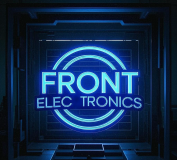
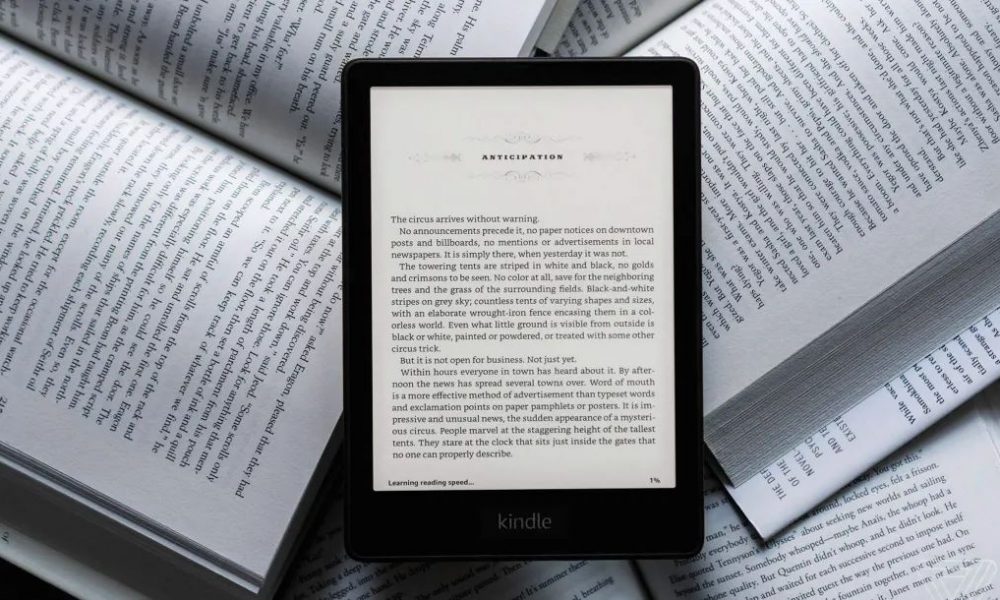
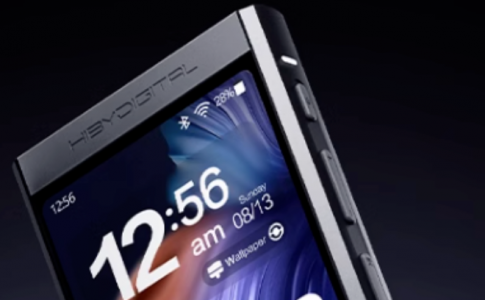
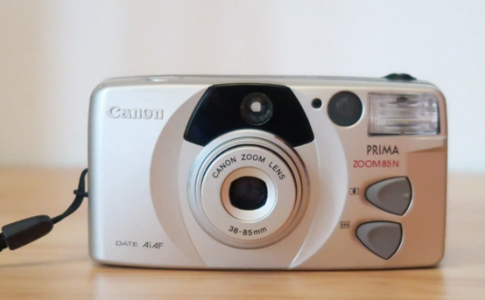
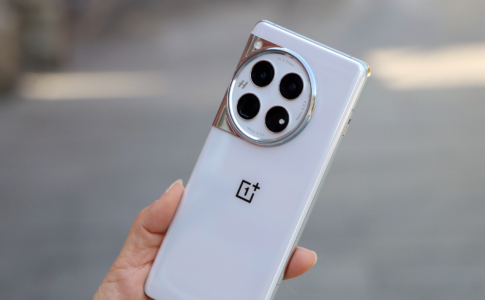
No comments